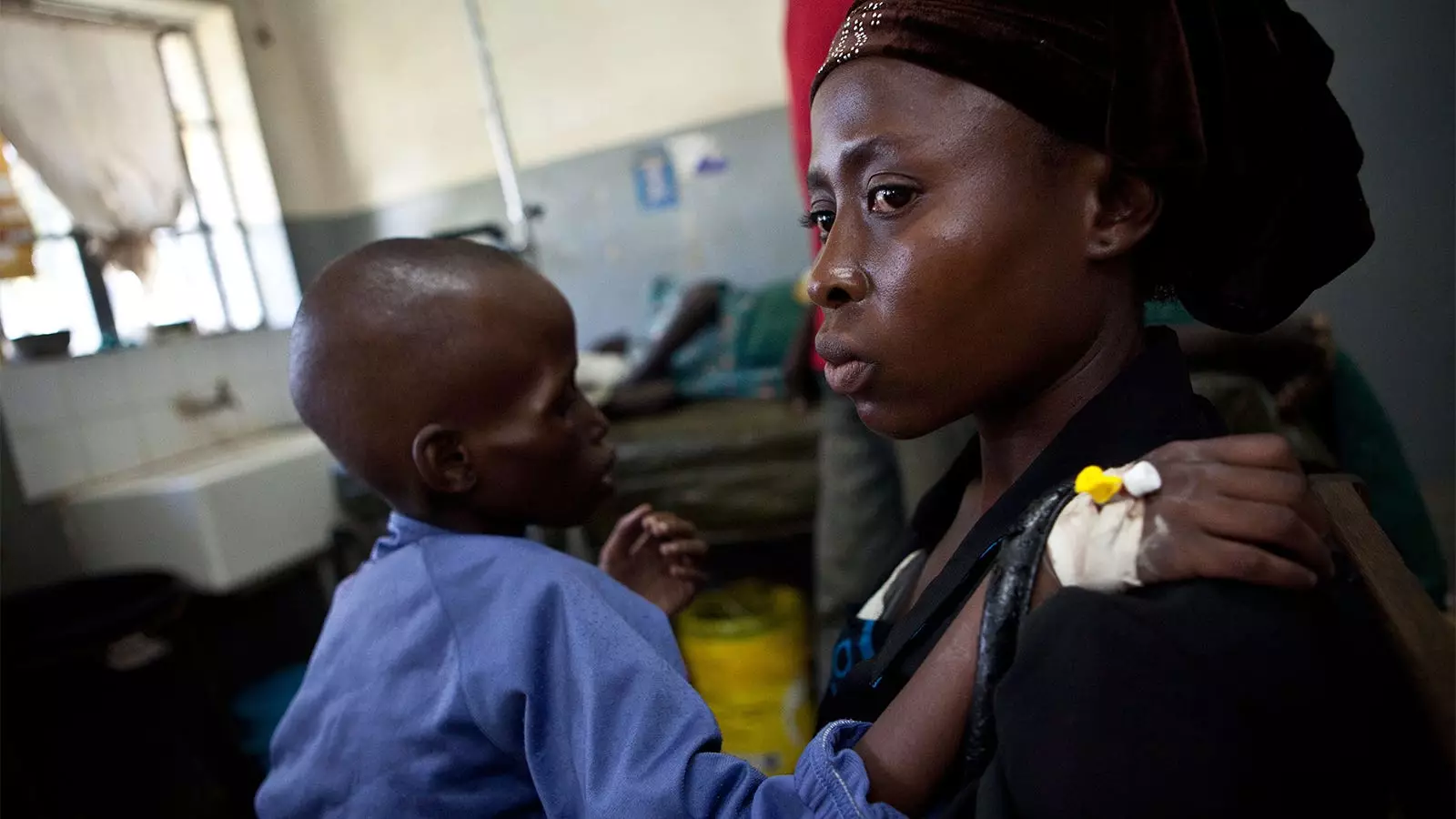Children under the age of 5 who are living with HIV face significantly higher mortality rates than their older counterparts, according to a study conducted by the CDC. The research reveals that children under the age of 1 receiving antiretroviral treatment (ART) had a mortality rate of 4.9%, while those between the ages of 1 and 4 had a mortality rate of 2.5% over a 2-year period. These percentages are four to nine times higher for infants and two- to five-fold higher for young children in comparison to older patients receiving treatment. This article critically analyzes the study’s findings and explores potential strategies for improving the care and outcomes of young children with HIV.
It is widely acknowledged that children under the age of 5 who do not receive ART face disproportionately high mortality rates. However, the mortality rates among young children who do receive treatment have been less thoroughly studied. The study reveals that treatment interruptions were more common and HIV viral load suppression less common among children aged 4 and younger. This suggests that mortality rates in this age group may be underreported, as patients with treatment interruptions or who are lost to follow-up might have passed away without documentation.
The study’s authors propose several strategies for enhancing the care provided to young children with HIV. These strategies include early diagnosis and immediate initiation of ART treatment, with a particular focus on using dolutegravir-based treatments. Additionally, the authors emphasize the importance of family-centered approaches to care, as well as the prevention, identification, and management of advanced HIV and related complications such as tuberculosis and malnutrition. Ensuring access to immunizations, nutritional supplementation, and antimalarial treatments for children under 5 is also crucial for improving outcomes.
The data for the study was collected from PEPFAR treatment sites in 25 countries and three regions, representing approximately 18 million people receiving ART for HIV. The analysis period spanned from October 2020 to September 2022, during which quarterly site monitoring, evaluation, and reporting data were examined. However, there are limitations to consider when interpreting the study’s findings. The authors acknowledge the likelihood of underreporting deaths and treatment interruptions in the PEPFAR data. Moreover, variations in data completeness between PEPFAR sites may affect the generalizability of the study’s findings to children with HIV treated in non-PEPFAR-supported sites.
To address the high mortality rates among young children with HIV, it is crucial to prioritize and optimize HIV and general health services for this age group. Early diagnosis plays a vital role, as it allows for timely initiation of ART treatment. Using dolutegravir-based treatments has shown promise in achieving better outcomes. Implementing family-centered approaches to care ensures continuous support for both the child and their caregivers. It is also essential to prevent, identify, and manage advanced HIV and associated complications such as tuberculosis and malnutrition. Equally important is providing access to necessary immunizations, nutritional supplementation, and antimalarial treatments for children under 5.
The study’s findings shed light on the alarming mortality rates among young children with HIV who receive ART treatment. It is evident that urgent action is needed to improve the care and outcomes for this vulnerable population. By implementing strategies such as early diagnosis, dolutegravir-based treatments, family-centered approaches, and comprehensive support, it is possible to prevent deaths and reduce the disparities experienced by children under the age of 5 living with HIV. These efforts will contribute to global measures aimed at ending AIDS among children by 2030. Continued research and targeted interventions are crucial to ensure that young children with HIV receive the care they need to thrive and lead healthy lives.


Leave a Reply